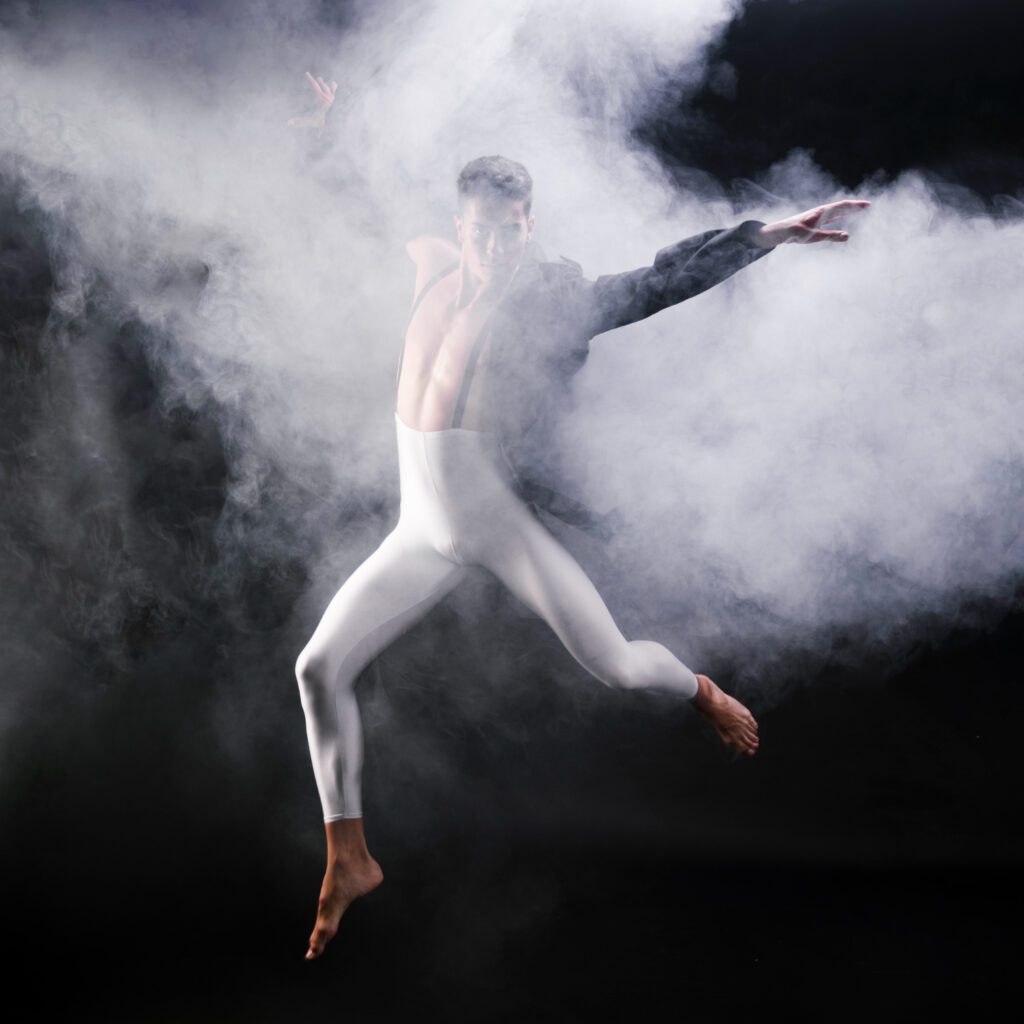Contemporary ballet has emerged as one of the most compelling forms of stage art, blending tradition with innovation in ways that captivate audiences across the globe. Unlike classical ballet, which often adheres to rigid structures and established storytelling, contemporary ballet embraces fluidity, experimentation, and a fusion of multiple artistic disciplines. Today’s performances combine music, dance, pantomime, and even elements of gymnastics and acrobatics, creating an experience that is both visually striking and emotionally resonant. Understanding what makes contemporary ballet so captivating can deepen appreciation for this evolving art form and provide guidance for those interested in exploring it further.
How movement replaces words in storytelling
In contemporary ballet, dialogue is replaced by expressive movement, facial expressions, and dramatized choreography. Instead of speaking, dancers communicate emotions, desires, and conflicts through their bodies. Every gesture, turn, and leap carries narrative weight, often conveying complex feelings that words cannot fully capture. Some performances follow a clear storyline, drawing from librettos that guide the plot and character development. Others rely on abstract concepts, using movement to evoke mood, symbolism, or philosophical ideas. For audiences, this means the story is experienced rather than told, inviting personal interpretation and emotional engagement.
For aspiring dancers or those attending performances, it is important to approach contemporary ballet with openness. Unlike traditional forms, where specific gestures have fixed meanings, contemporary ballet often defies expectations. Avoid assuming that movement is literal; instead, focus on the emotion, energy, and rhythm expressed by the performers. This mindset allows viewers to connect more deeply with the artistry and appreciate the nuances of the performance.
The team behind a contemporary ballet performance
Creating a contemporary ballet performance is a collaborative effort, involving multiple specialists working together to produce a cohesive work of art. The dancers themselves are at the center, combining technical skill with dramatic expression. A choreographer, or ballet master, designs the movement vocabulary, translating the story or abstract concept into physical form. Composers and musicians tailor the music to complement the rhythm, tone, and flow of the choreography, ensuring that sound and movement align seamlessly.
Visual design is equally critical. Costume designers and set designers create the physical environment and attire that enhance storytelling and highlight the dancers’ forms. Costumes may challenge traditional expectations, using modern materials and innovative designs to support the theme and mood of the production. Audiences often remark on the immersive quality of contemporary ballet, which results from the synergy of movement, music, and visual artistry. For instance, European choreographer Anna Tereshkina notes, “The visual narrative is just as important as the movement itself. A single costume change can shift the emotional tone of the entire performance.”
Merging classical techniques with modern expression
One of the defining characteristics of contemporary ballet is its ability to combine classical ballet techniques with modern dance approaches. While classical ballet emphasizes precision, poise, and line, contemporary ballet incorporates freer movement, grounded steps, and inventive dynamics. This fusion allows for more expressive freedom, enabling dancers to explore unique gestures, experiment with balance and momentum, and convey complex emotional states.
For those interested in learning or practicing contemporary ballet, integrating classical training with modern techniques is essential. Avoid over-reliance on rigid forms, as contemporary ballet rewards adaptability, fluidity, and personal interpretation. Incorporating strength and flexibility exercises, alongside improvisational movement, can enhance both technique and expressiveness. Dr. Emily Lawson, a lecturer in performing arts at the University of Cambridge, emphasizes, “Understanding the fundamentals of classical ballet provides the foundation, but true mastery in contemporary ballet comes from exploring movement without boundaries.”
Notable examples of innovative contemporary ballet
Contemporary ballet has produced extraordinary works that push the boundaries of the art form. One notable example is a ballet inspired by the music of the British band Depeche Mode. This production, unique in the world, blends electronic music with choreography influenced by literary themes, creating a multisensory experience for audiences. Performers wear unconventional modern costumes, which challenge traditional ballet aesthetics and heighten the visual impact. Spectators often describe the experience as meditative, suggesting that contemporary ballet can evoke a deep sense of emotional and spiritual engagement.
Experiencing such performances teaches audiences to appreciate the intersection of multiple artistic influences. Pay attention not only to the movement but also to the music, lighting, and costume choices, as each element contributes to the narrative and emotional resonance of the ballet. According to a 2022 European Ballet Research Survey, over 78% of attendees reported heightened emotional connection when performances combined visual, auditory, and kinetic elements effectively.
Practical advice for attending or engaging with contemporary ballet
Whether attending a performance or considering ballet training, there are several practical points to keep in mind:
- Observe actively: Focus on the movement quality, expression, and interaction between dancers, rather than expecting a literal story.
- Stay open to abstraction: Some contemporary ballets lack a conventional plot; interpretative engagement enhances appreciation.
- Learn the basics of ballet: Understanding foundational positions and movements can improve comprehension of more complex contemporary choreography.
- Appreciate collaboration: Recognize that every aspect—music, choreography, costume, and stage design—shapes the overall experience.
- Avoid distractions: Engage fully with the performance; contemporary ballet often requires undivided attention to capture its subtle nuances.
Additionally, Dr. Mark Reynolds, an American dance researcher, advises, “Beginner audiences should not be intimidated by abstract performances. Focus on the emotional journey and let your intuition guide your interpretation.” Following this approach allows viewers to enjoy ballet on multiple sensory levels and gain a deeper appreciation for the art form.
The enduring relevance of contemporary ballet
Contemporary ballet is not merely a reinterpretation of classical ballet; it is a reflection of modern culture and artistic innovation. By blending technical mastery with creative experimentation, it addresses both timeless human emotions and contemporary societal themes. Audiences are drawn to its ability to express ideas and feelings in ways that are both visceral and intellectually stimulating. For performers, it offers limitless opportunities for self-expression, technical development, and artistic exploration.
The genre’s continued evolution ensures that it remains relevant and captivating. By merging tradition with innovation, contemporary ballet inspires, challenges, and moves both performers and spectators alike. Its unique appeal lies in its ability to make the intangible tangible, turning emotion into motion and music into visual poetry.
Summary and key takeaways
Contemporary ballet captivates audiences by transforming dance into a rich, multidimensional form of expression. Its defining features include expressive movement replacing dialogue, collaboration among dancers, choreographers, musicians, and designers, and a fusion of classical and modern techniques. Key practical advice includes observing actively, staying open to abstraction, and appreciating the collaborative artistry involved. For dancers, blending technical training with creative exploration is essential. Experts agree that integrating holistic approaches—including physical conditioning, psychological engagement, and lifestyle awareness—enhances performance quality. Ultimately, contemporary ballet remains a dynamic, evolving art form that resonates deeply with modern audiences, offering both aesthetic pleasure and emotional engagement.









